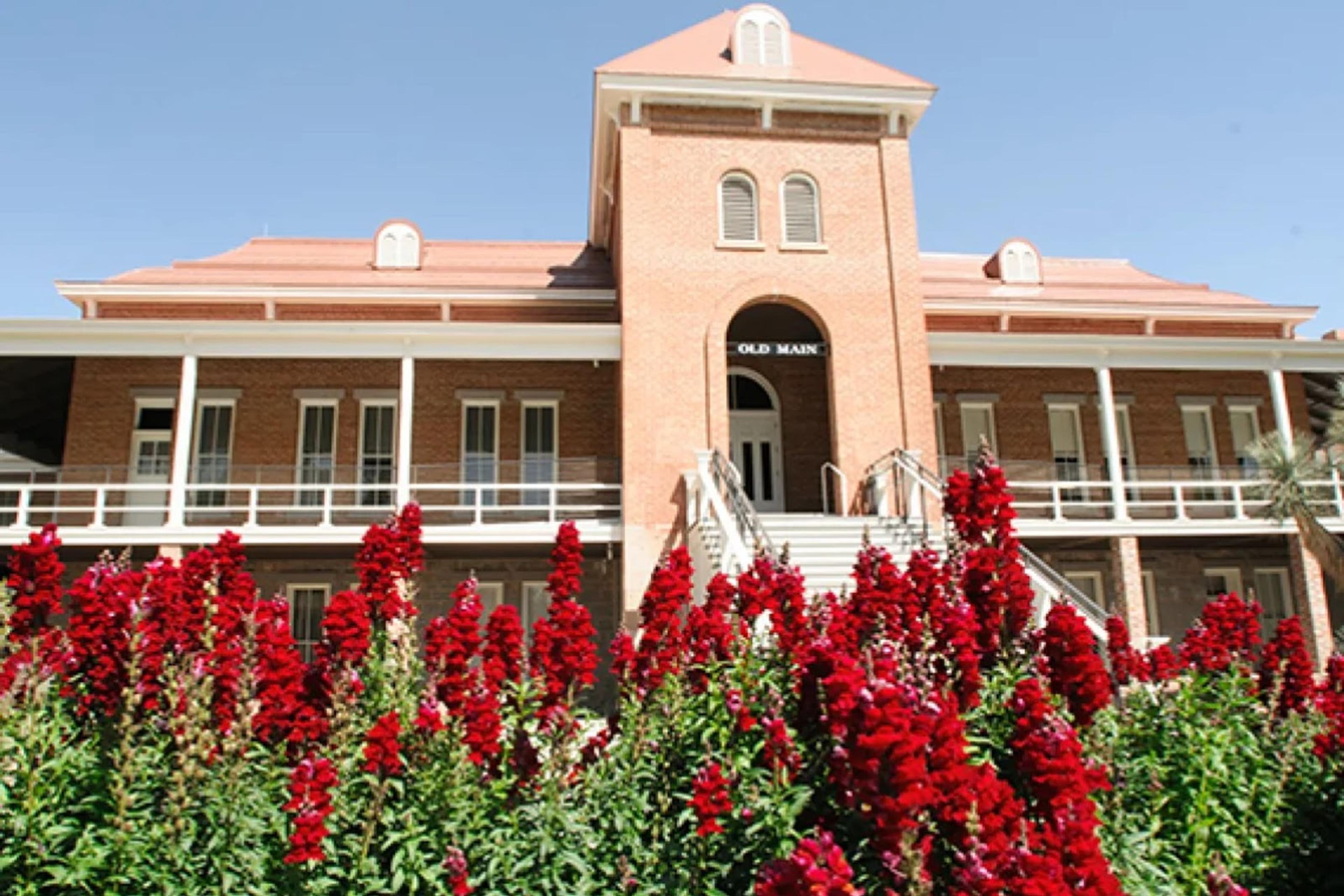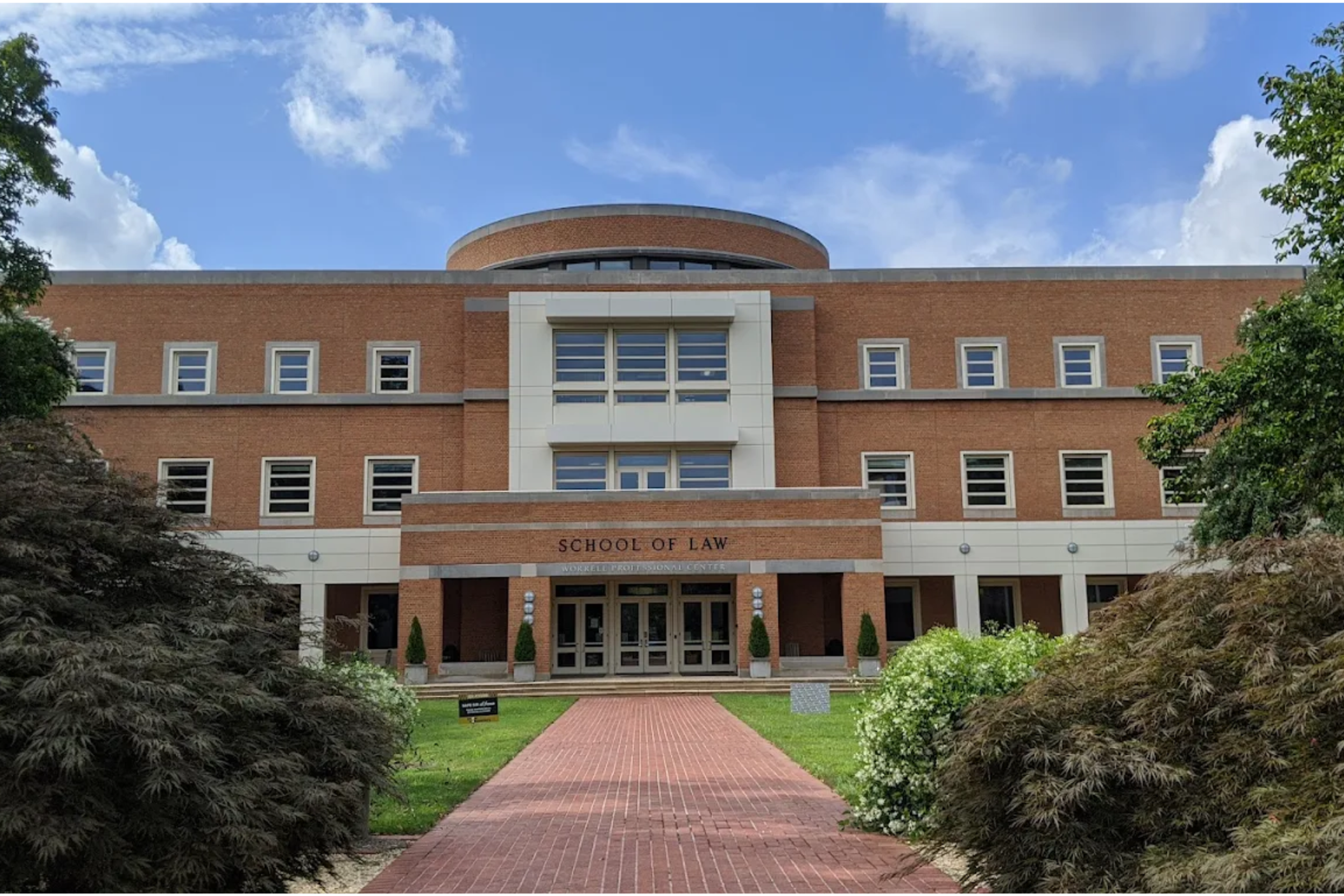Comprehensive List of Law Schools With Early Decision (2025)
Discover the benefits of applying to law schools with early decision options.
Posted June 17, 2025

Table of Contents
Free Event

Featuring Indrani S.
How To Write Outstanding Law School Application Essays
Starting Tuesday, September 2
11:30 PM UTC · 60 minutes

Featuring Indrani S.
If you’re preparing to submit new law school applications for the 2025 admissions cycle, you may want to consider applying early decision. Early decision (ED) programs allow you to apply to your top-choice law school early in the same admissions cycle and receive a decision ahead of regular applicants. However, early decision candidates must immediately withdraw their other law school applications if accepted, making it a binding agreement.
This article provides a detailed overview of early decision programs and a list of law schools offering ED options for 2025.
What Is Early Decision?
Early decision is a binding admissions process where applicants apply early in the admissions cycle and commit to enrolling if accepted. Choosing to apply through an early decision law school can streamline the application process for those who are confident about their top-choice institution. Early decision deadlines typically occur earlier than regular decision deadlines, with most falling in November or December, giving applicants clarity about their admissions status sooner.
Key Benefits of Applying Early Decision:
- Higher acceptance rates – Many law schools admit a higher percentage of early decision applicants, as these candidates are guaranteed to enroll, which benefits the school’s yield.
- Less competition – ED candidates face a smaller applicant pool compared to regular decision applicants.
- Streamlined planning – Knowing your law school choice early allows time to arrange finances and prepare for enrollment.
However, applicants should note that financial aid packages may not be fully disclosed when making an early decision commitment. Discussing concerns with admissions offices can help clarify potential aid scenarios.
List of Law Schools With Early Decision Programs (2025)
Here is an updated list of the top law schools offering ED programs, including deadlines and policies:
| Early Decision Deadline | Binding Commitment | |
|---|---|---|
| Columbia Law School | November 15, 2024 | Yes |
| University of Chicago Law School | December 1, 2024 | Yes |
| University of Pennsylvania Carey Law School | Round 1: November 15, 2024 Round 2: January 7, 2025 | Yes |
| University of Michigan Law School | November 15, 2024 | Yes |
| Northwestern Pritzker School of Law | November 15, 2024 | Yes |
| University of Southern California (USC) Gould School of Law | November 15, 2024 | Yes |
| University of Texas at Austin School of Law | November 1, 2024 | Yes |
Other Law Schools Offering ED Options
- Duke University School of Law
- Cornell Law School
- Georgetown University Law Center
- University of Virginia School of Law
These law schools offer competitive early decision programs that attract a diverse applicant pool. By committing early, ED candidates gain an edge in the admissions process.
Financial Aid Considerations for Early Decision Applicants
Applying early decisions can impact financial aid options. ED programs often prioritize filling their class early, but financial aid may not be fully determined until later in the admissions cycle. While some schools offer preliminary financial aid estimates, students may not receive additional funding opportunities until after their commitment.
If financial aid is a concern, regular decision applicants have the advantage of comparing packages from multiple schools. Additionally, discussing concerns with the admissions committee or admissions office can provide clarity on aid opportunities for early-decision candidates.
Considerations for Applying Early Decision
Applying early decision (ED) to law school can be a game-changing strategy, but it requires careful planning and commitment. Here are key steps to ensure success:
Research Law Schools Thoroughly
- Investigate each law school’s ED program to understand its policies, deadlines, and benefits.
- Look into the school’s curriculum, areas of academic focus, faculty expertise, and career services.
- Review data on past ED applicants, such as acceptance rates and median LSAT scores, to gauge your competitiveness.
- Examine the school’s financial aid policies for ED applicants, as some schools may offer limited financial aid decisions at the time of acceptance.
Plan Ahead and Meet Deadlines
- ED deadlines often fall in November or December, so it’s crucial to start preparing early.
- Draft and refine your personal statement and other application materials well before the deadline.
- Ensure all necessary components—LSAT scores, letters of recommendation, transcripts—are submitted on time.
Tailor Your Application Components
- Demonstrate why this school is your clear first choice in your personal statement and any optional essays.
- Highlight aspects of the school’s mission, programs, or values that align with your goals.
- Double-check that your application reflects your dedication and readiness to commit.
Communicate With Admissions Offices
- Reach out to admissions officers with any questions about the ED process, particularly regarding financial aid or the early decision agreement.
- Use these interactions to demonstrate your genuine interest and commitment to the school.
Alternatives to Early Decision
If you’re unsure about applying for an early decision or if the binding nature of the agreement doesn’t suit your circumstances, there are other options to consider. Early Action (EA) is a non-binding alternative that allows you to apply and receive a decision early without committing to enroll. This approach provides the flexibility to compare admissions offers and financial aid packages while still showing your interest in applying early.
Regular Decision (RD) offers the most flexibility for applicants. With RD, you have the opportunity to apply to multiple schools, explore all options, and carefully evaluate admissions offers and financial aid packages before making a final decision. This pathway is ideal for those who need more time to strengthen their application or are still weighing their options.
Rolling admissions is another alternative to consider. Many law schools review applications as they are received and make decisions on a rolling basis. Applying early in a rolling admissions cycle can give you an advantage, as there are typically more spots available earlier in the process. Exploring these alternatives can help you decide on the best admissions strategy based on your personal and financial circumstances.
What’s Next?
Applying to an early decision can be a powerful strategy for students with a clear top-choice law school, offering the opportunity to secure admission early in the cycle. However, this path requires careful consideration of the binding commitment and potential financial aid limitations. Researching early decision programs thoroughly and understanding the admissions process are critical steps to making an informed decision that aligns with your academic and professional goals.
For students aiming for top law schools, working with a professional law admissions coach can provide invaluable guidance. These experts help craft standout applications, develop compelling essays, and navigate the intricacies of the process with confidence. By leveraging their knowledge and experience, you can position yourself as a competitive candidate and increase your chances of securing a spot at your dream law school.
FAQs
What is Early Decision in law school admissions?
- Early Decision is a binding admissions process where applicants commit to attending a specific law school if accepted. Applicants submit their applications earlier than the regular deadline and receive decisions sooner. If admitted, they must withdraw all other law school applications and enroll in the ED school.
What are the advantages of applying through Early Decision?
- Applying ED can demonstrate a strong commitment to a particular law school, potentially increasing the chances of admission. Additionally, ED applicants often receive decisions earlier, providing clarity and allowing for earlier planning.
Are there disadvantages to applying Early Decision?
- Yes, there are potential drawbacks. Since ED is binding, applicants cannot compare multiple admission offers or financial aid packages, which may limit their ability to choose the most financially feasible option. Additionally, the earlier application deadline requires applicants to have all materials prepared sooner.
Do all law schools offer Early Decision programs?
- No, not all law schools provide ED options. Some top law schools, such as Yale, Harvard, and Stanford, do not offer Early Decision programs. It's important to research each school's admissions policies to determine if ED is available.
Can I apply to multiple law schools through Early Decision?
- Generally, no. Since ED programs are binding, applicants are typically allowed to apply to only one law school through Early Decision. However, they may apply to other schools through regular decisions but must withdraw those applications if admitted to the ED school.











